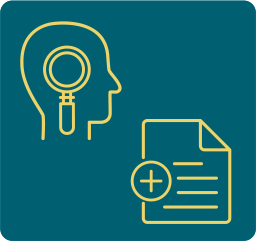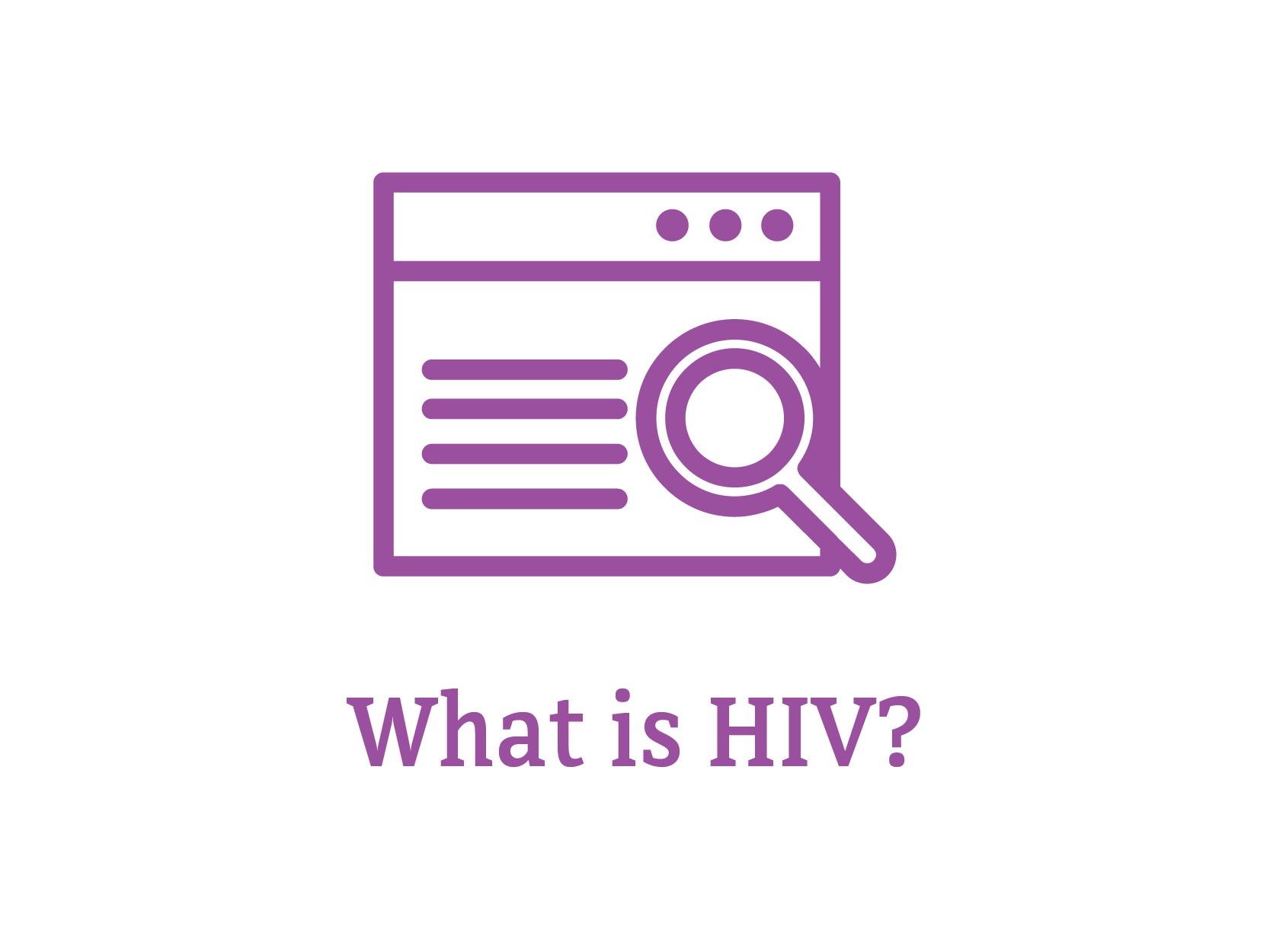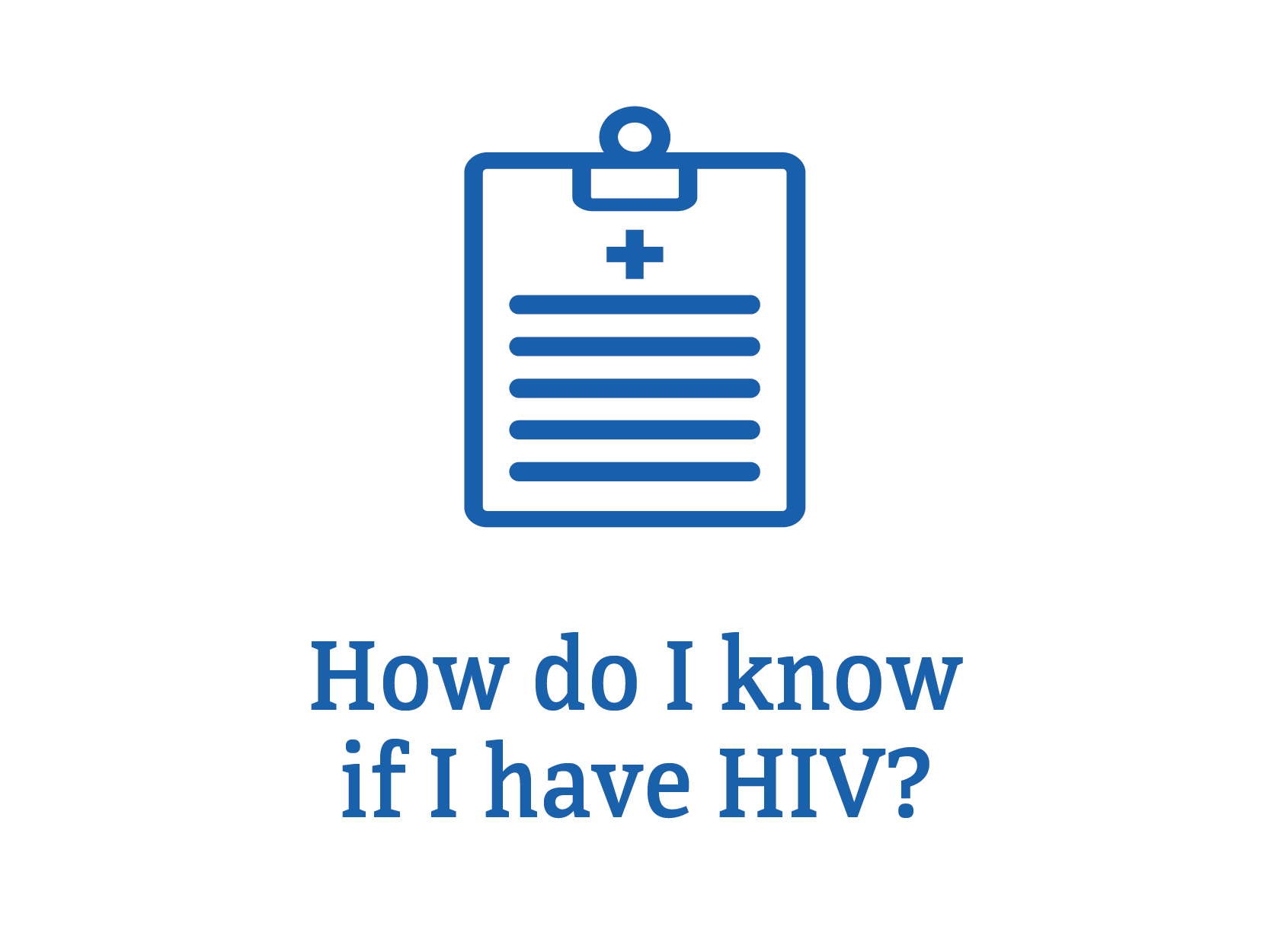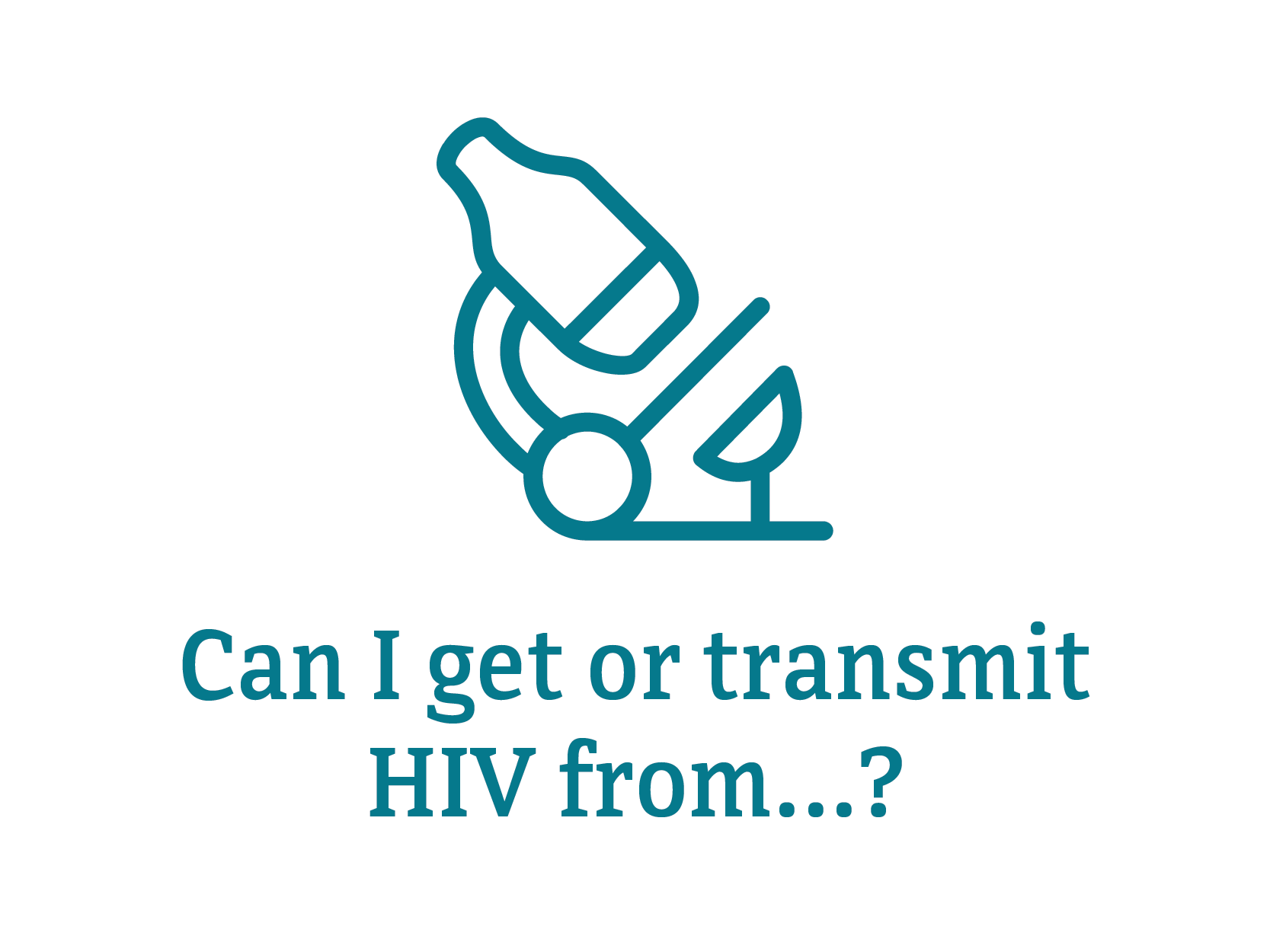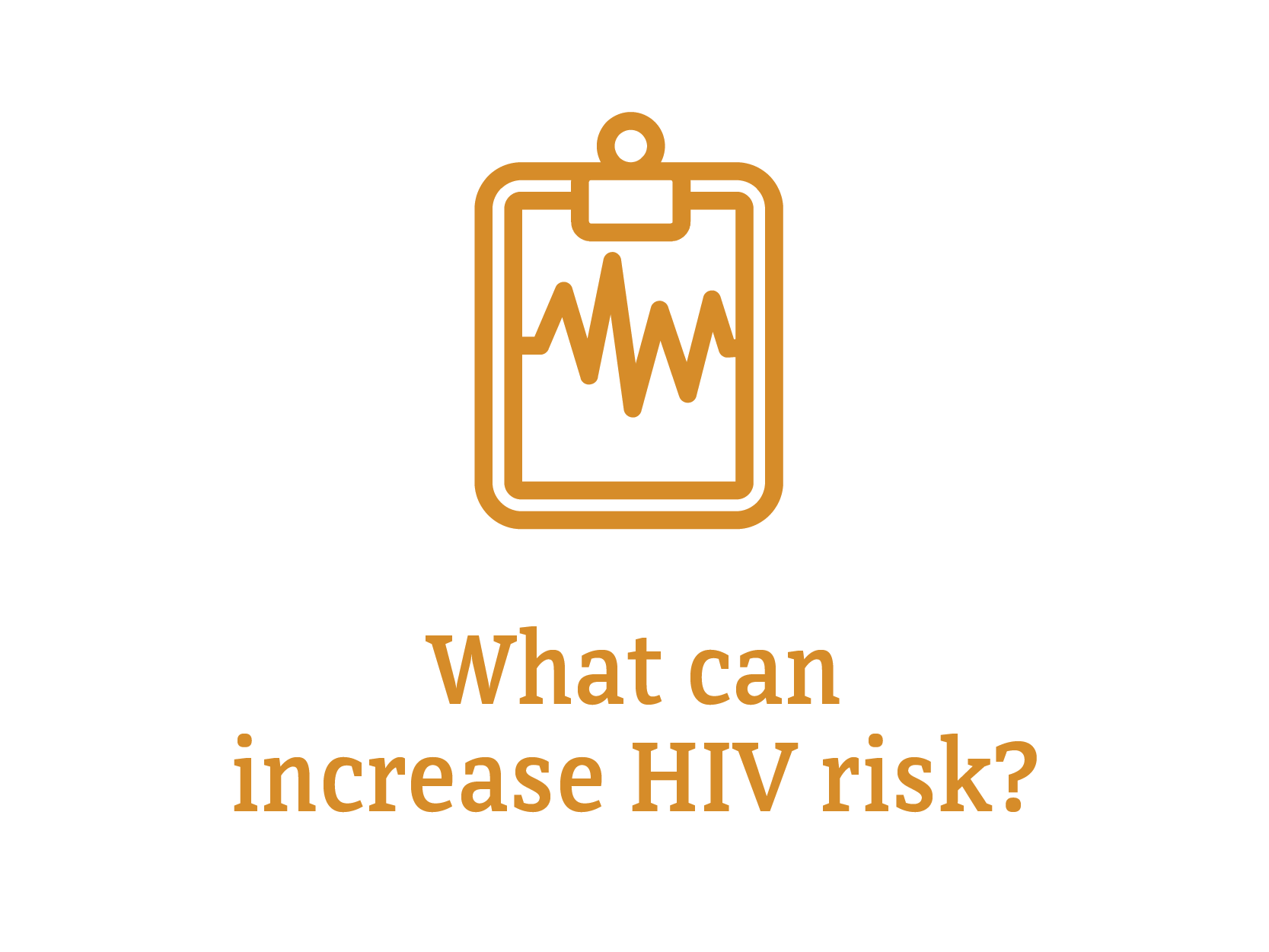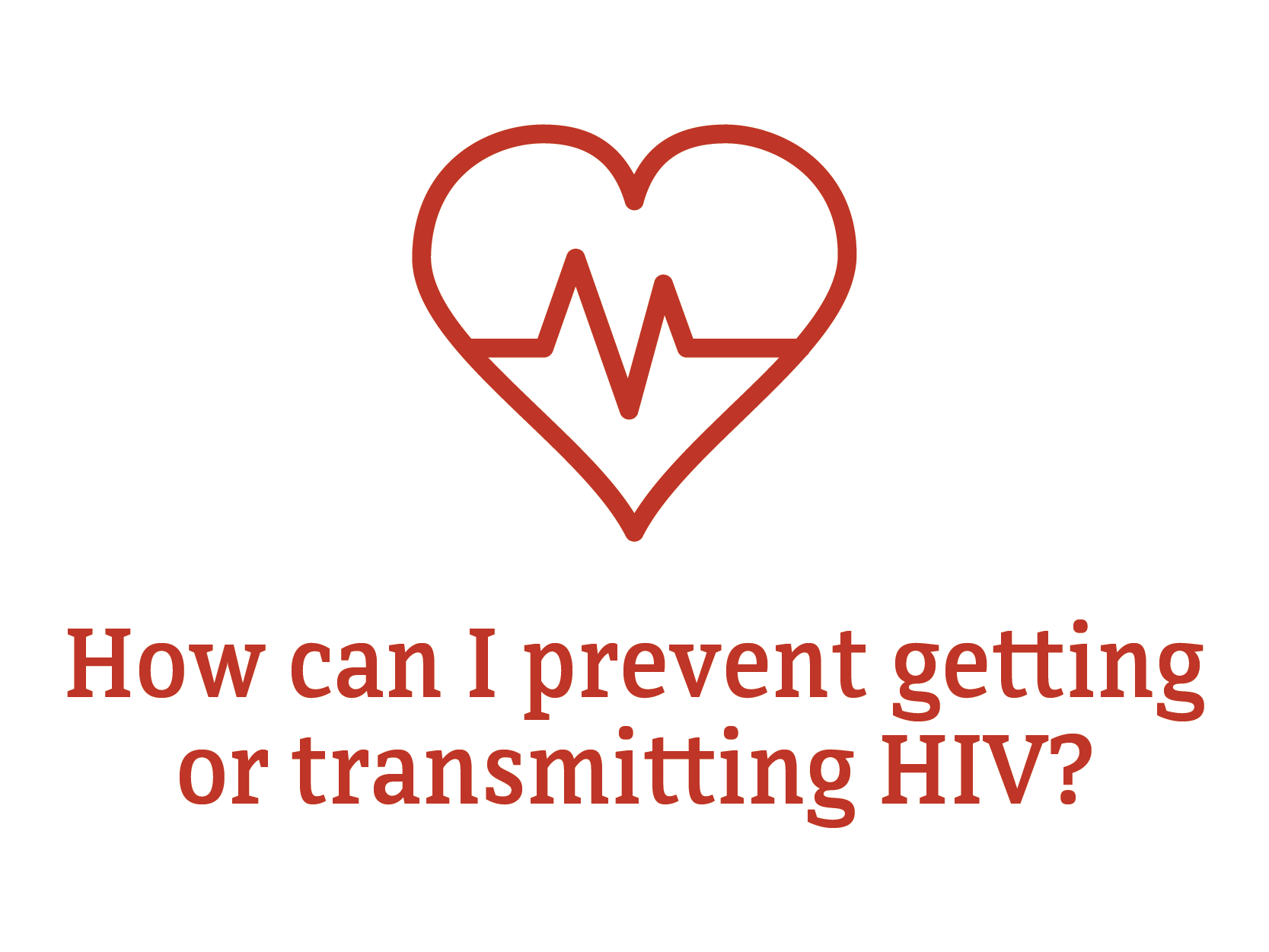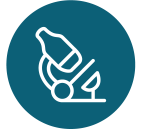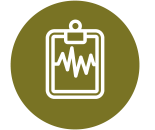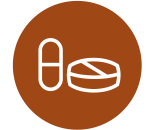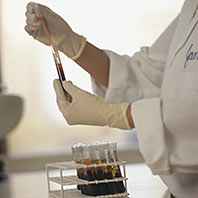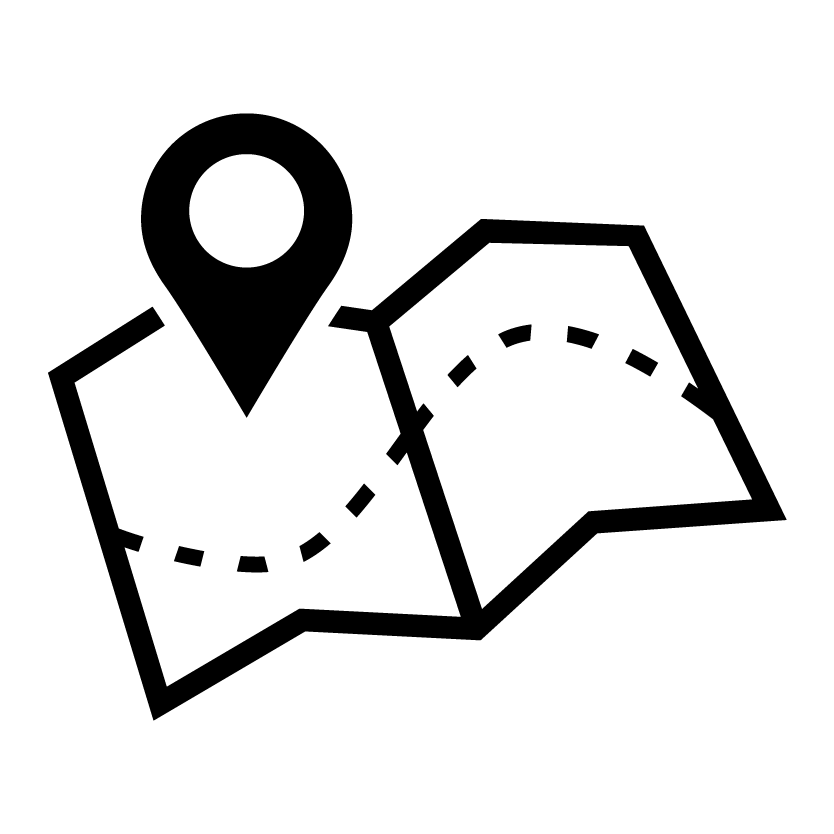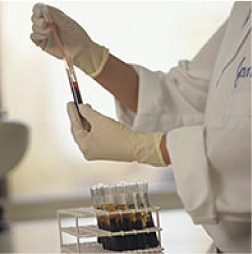
HIV tests are very accurate, but no HIV test can detect HIV immediately after a person gets the virus. Some kinds of tests detect HIV sooner than others. In general, nucleic acid tests (NAT) can detect HIV the soonest, followed by antigen/antibody tests, and then antibody tests.
Most rapid tests and self-tests are antibody tests. Your immune system makes antibodies when you’re exposed to bacteria or viruses like HIV. Antibody tests look for these antibodies in your blood or oral fluid. In general, antibody tests that use blood from a vein can detect HIV slightly sooner after infection than tests done with blood from a finger prick or with oral fluid.

More Information With a rapid antibody screening test, results are ready in 30 minutes or less.

More Information
A self-test (also known as a home test) is an antibody test you can buy at a pharmacy or online. There is currently one available FDA-approved self-test, the OraQuick In-Home HIV Test.
The OraQuick In-Home HIV Test gives fast results at home. You have to swab your mouth to get an oral fluid sample and use a kit to test it. Results are ready in 20 minutes. If the test says you have HIV, you should go to a health care provider to get follow-up testing. The manufacturer provides confidential counseling and refers you to follow-up testing sites.
Note: Some people have difficulty in conducting an HIV self-test and the test does not perform as it should. If an HIV self-test is invalid as described in the instructions, then the test has not worked. In this case, you will need to use another HIV self-test, or seek testing at a health care provider or testing center.
If any type of antibody test says you have HIV, you will need a follow-up test to make sure you really have HIV. If your first test is a self-test and it says you have HIV, you should go to a health care provider to get follow-up testing. If your first test is done in a testing lab and it says you have HIV, the lab will do the follow-up testing, usually on the same blood sample as the first test.

More Information After someone gets HIV, it can take about 23 to 90 days for their body to make enough antibodies for an antibody test to detect HIV. This time is called the window period. If you get a negative antibody test result, and you may have been exposed to HIV recently, then you should get another test 3 months after your possible exposure to HIV.
An antigen/antibody test looks for both HIV antibodies and antigens. Most laboratory tests are antigen/antibody tests. Antigens are foreign substances that cause your immune system to activate. The antigen is part of the virus itself and is present during the early stage of HIV infection (called acute infection). If you have HIV, an antigen called p24 is produced even before antibodies develop. A rapid antigen/antibody test is available.

More Information After someone gets HIV, it can take time for their body to make enough antigens and antibodies for an antigen/antibody test to detect HIV. This time is called the window period. The window period varies depending upon the type of antigen/antibody test. A test performed by a laboratory on blood from a vein can usually detect HIV infection 18 to 45 days after an exposure. Antigen/ antibody tests done with blood from a finger prick can take longer to detect HIV (18 to 90 days after an exposure). When the goal is to tell for sure that a person does not have HIV, an antigen/antibody test performed by a laboratory on blood from a vein is preferred. If you get a negative antibody/antigen test result during the window period, you should get another test 3 months after your possible exposure.
Nucleic acid tests (NAT) look for HIV in the blood. The NAT can give either a positive/negative result or the actual amount of virus present in the blood (known as a viral load test ). This test is very expensive and not routinely used for screening individuals unless they recently had a high-risk exposure or they had a possible exposure and have early symptoms of HIV infection.

More Information A NAT can detect HIV within 10 to 33 days after a person gets HIV infection. A NAT is usually accurate during the early stages of infection. However, it is best to get an antibody or antigen/antibody test at the same time to help the doctor interpret a negative NAT. In a few people, the amount of virus decreases naturally over time, which can lead to a negative NAT result even though the person has HIV. Taking pre-exposure prophylaxis (PrEP) or post exposure prophylaxis (PEP) may also make a NAT less accurate if you have HIV.

